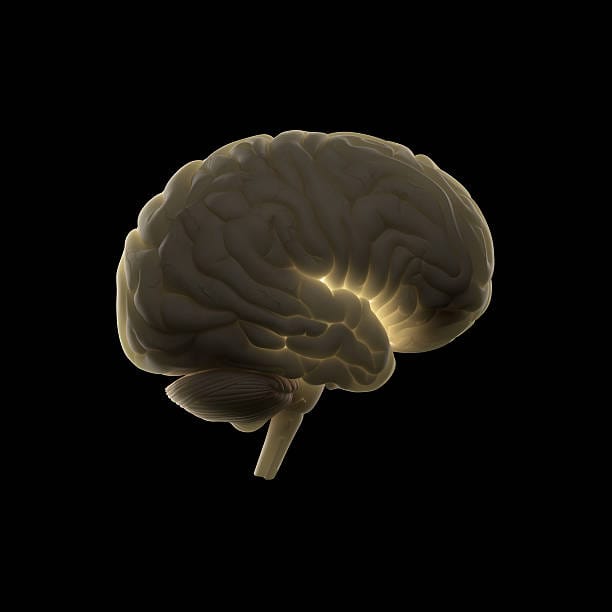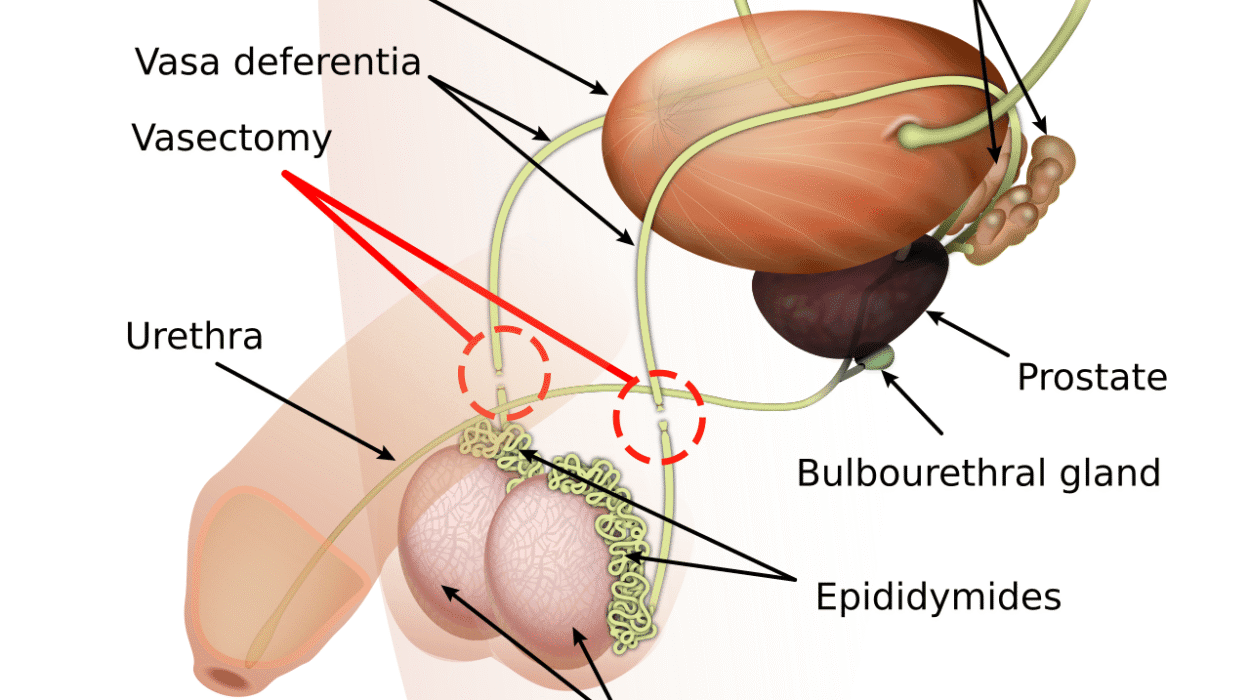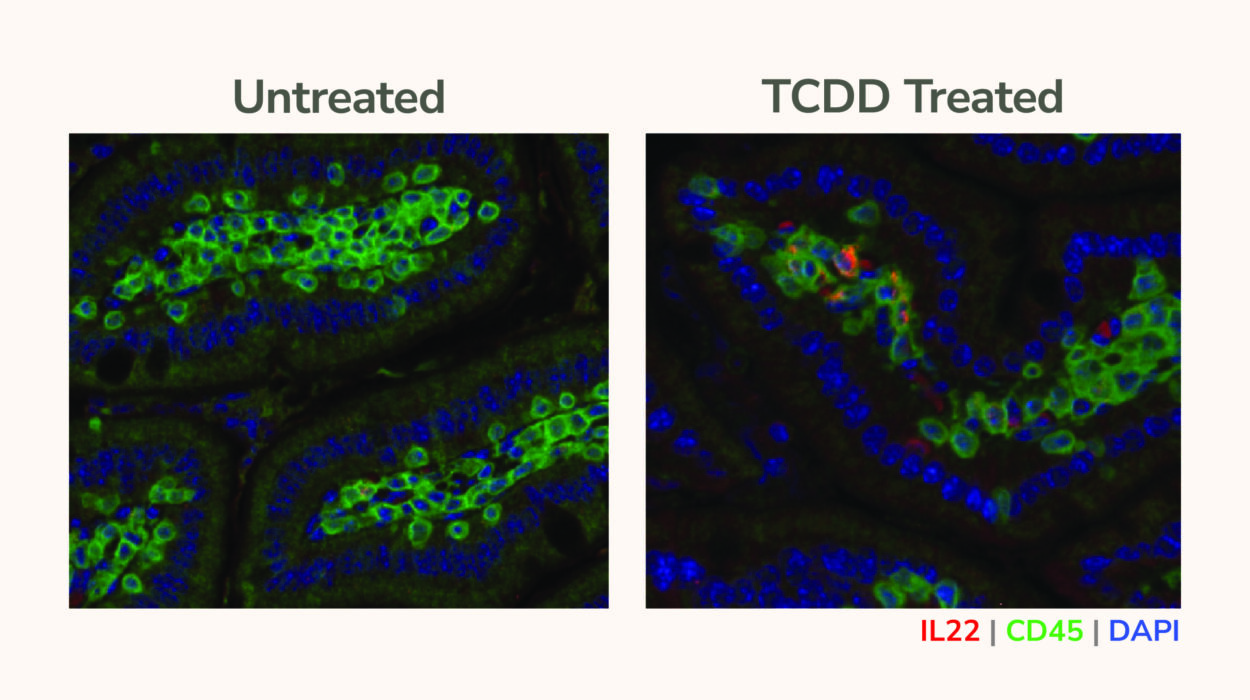Hormones are often described as the body’s silent messengers—microscopic chemical compounds that travel through the bloodstream, orchestrating everything from metabolism and mood to sleep, reproduction, and energy levels. They are produced by endocrine glands, including the thyroid, adrenals, pancreas, ovaries, and testes, and they regulate bodily functions with exquisite precision.
But this hormonal symphony is delicate. When the rhythm falters—whether from chronic stress, poor diet, lack of sleep, or environmental toxins—the effects ripple through your entire being. Fatigue, anxiety, weight gain, insomnia, skin issues, low libido, and fertility problems may not seem connected at first, but often, they are rooted in hormonal imbalance.
Fortunately, the body is resilient, and nature provides a vast toolbox to help restore harmony. Before reaching for synthetic hormone treatments, many people are turning to natural, sustainable strategies that work with the body’s wisdom rather than override it.
The Gut-Hormone Connection: Why Digestion Matters More Than You Think
While the gut is famous for digesting food and housing trillions of bacteria, it plays a surprising and central role in hormone regulation. The microbiome, which is the collective community of microbes in your gut, interacts directly with estrogen, thyroid hormones, insulin, and cortisol. There’s even a specific subset of bacteria—called the estrobolome—that helps metabolize estrogen.
When the gut is inflamed, leaky, or imbalanced due to processed foods, antibiotics, or stress, it disrupts the hormone detox pathways. Estrogen dominance, for instance, can occur when the body fails to excrete excess estrogen effectively. This leads to symptoms like bloating, mood swings, heavy periods, and even increased risk of breast cancer.
Improving gut health through fermented foods, fiber-rich vegetables, and probiotic supplementation can gently tip hormonal scales back into alignment. The gut doesn’t just process food—it helps manage the hormonal feedback loop that affects virtually every system in the body.
The Cortisol Cascade: Taming the Stress Hormone
Of all the hormones, cortisol—the stress hormone—may be the most misunderstood. Produced by the adrenal glands, cortisol gets a bad rap, but it’s not inherently harmful. In fact, it’s essential for survival. It helps regulate blood sugar, reduce inflammation, and respond to immediate danger. But chronic stress turns this helpful hormone into a saboteur.
When cortisol is constantly elevated, it interferes with the production of other critical hormones like progesterone and testosterone. This can create a domino effect that leaves you wired but tired, craving sugar, struggling with belly fat, and unable to sleep.
Mindfulness-based stress reduction is not just a wellness buzzword—it’s a hormonal healing strategy. Meditation, breathwork, time in nature, and even laughter reduce cortisol levels in measurable ways. These calming activities don’t just feel good; they’re biochemically restorative.
Sleep: The Underrated Hormone Reset Button
Sleep is not just rest—it’s recalibration. The hours you spend sleeping are the body’s prime time for hormone production and regulation. Melatonin, growth hormone, leptin, ghrelin, and even reproductive hormones rely on a consistent sleep-wake cycle.
When sleep is disrupted, the hormonal fallout is dramatic. Ghrelin (the hunger hormone) increases, while leptin (the satiety hormone) decreases, leading to cravings and overeating. Insulin sensitivity drops, setting the stage for metabolic syndrome. Cortisol remains elevated, and estrogen and testosterone levels fluctuate unpredictably.
Creating a sleep sanctuary—dark, cool, and technology-free—has become a radical act of self-care in the modern world. Going to bed at the same time each night and waking up with the sun supports the body’s circadian rhythm, which in turn supports balanced hormones.
Feeding Your Endocrine System: Nutritional Wisdom for Hormone Balance
The food you eat is more than fuel—it’s information. Every bite sends a signal to your cells, influencing hormonal pathways either positively or negatively. Certain nutrients are especially crucial for hormone production and balance.
Fats, for instance, are often vilified, but healthy fats—like those found in avocados, nuts, seeds, olive oil, and oily fish—are the building blocks of steroid hormones, including estrogen, progesterone, and testosterone. Without adequate fat intake, hormonal output suffers.
Cruciferous vegetables like broccoli, Brussels sprouts, and kale help the liver metabolize and detoxify excess estrogen. Leafy greens provide magnesium, which calms the nervous system and improves insulin sensitivity. Zinc, found in pumpkin seeds and shellfish, is essential for testosterone production.
A blood sugar-stabilizing diet—rich in fiber, healthy fats, and protein, and low in refined sugars and processed carbohydrates—lays the foundation for hormonal harmony. Eating mindfully, in a relaxed state, enhances digestion and absorption, completing the hormonal support cycle.
The Movement-Hormone Matrix: Why Exercise Can Heal (or Harm)
Exercise is a powerful hormonal lever, but like any tool, it can be overused or misused. Moderate, consistent movement helps reduce insulin resistance, increase endorphins, support thyroid function, and regulate cortisol. It also boosts the body’s production of sex hormones in both men and women.
But the current fitness culture often promotes intensity over balance. Too much high-intensity interval training (HIIT), long-distance cardio, or aggressive weight training can actually spike cortisol and deplete progesterone—especially in women.
Gentle yet effective forms of movement—like walking, yoga, pilates, swimming, or dance—can be transformative. They regulate the lymphatic system, enhance blood flow to hormone-producing organs, and help balance energy without triggering a stress response. Listening to your body, rather than pushing it beyond its limits, is a hormonal act of self-respect.
Thyroid Whispering: Supporting Your Metabolism’s Master Switch
The thyroid gland is small, butterfly-shaped, and nestled at the base of your neck, but its influence spans the entire body. It produces hormones that regulate metabolism, body temperature, heart rate, and even mood. When the thyroid is underactive (hypothyroidism), symptoms like fatigue, depression, cold intolerance, weight gain, and menstrual irregularities often emerge.
Natural thyroid support begins with nutrients like iodine, selenium, zinc, and tyrosine. Sea vegetables like kelp and nori provide iodine, while Brazil nuts offer selenium. These nutrients help convert the inactive thyroid hormone (T4) into its active form (T3), which cells use for energy and repair.
Reducing environmental toxins, especially endocrine disruptors found in plastics and synthetic fragrances, can protect thyroid function. Stress management and adrenal support are also key, as the thyroid and adrenal glands are deeply interconnected.
Sex Hormones and the Rhythm of Life: Estrogen, Progesterone, and Testosterone
Sex hormones are about far more than reproduction. They shape mood, energy, mental clarity, skin health, and motivation. Estrogen gives women curves, keeps the skin supple, and supports bone health. Progesterone is the calming, balancing hormone that helps with sleep and mood. Testosterone fuels drive, muscle mass, and vitality in both men and women.
Hormonal imbalances in this trio can be subtle or extreme. Estrogen dominance, often triggered by poor liver function or environmental estrogens (xenoestrogens), leads to PMS, fibroids, and anxiety. Low progesterone can cause insomnia, irritability, and fertility issues. Declining testosterone may manifest as fatigue, loss of motivation, and muscle wasting.
Balancing these hormones naturally often involves supporting the liver (which processes used hormones), optimizing gut health (which eliminates them), and reducing stress (which robs the precursors needed for their production). Herbal allies like chaste tree berry (vitex), maca, and ashwagandha can gently coax the body back into rhythm.
Blood Sugar: The Hidden Hormonal Saboteur
Insulin, the hormone that regulates blood sugar, is intricately tied to every other hormone in the body. When blood sugar spikes and crashes throughout the day, it sets off a chain reaction of cortisol surges, estrogen imbalances, and thyroid suppression. Over time, this rollercoaster can lead to insulin resistance, polycystic ovarian syndrome (PCOS), fatigue, and chronic inflammation.
Balancing blood sugar naturally begins with consistent, nutrient-dense meals spaced throughout the day. Protein and fat help slow the absorption of carbohydrates, preventing insulin spikes. Fiber improves insulin sensitivity and keeps you full longer. Simple strategies—like starting your day with a savory breakfast instead of sugar-laden cereal—can dramatically affect how your hormones behave all day long.
Detoxification and Hormone Clearance: Clearing the Pathways
Hormone balance isn’t just about production—it’s also about clearance. Once a hormone has done its job, it must be broken down and excreted. The liver and colon are the primary exit routes, and if they’re sluggish, used hormones can be reabsorbed and recirculated, causing imbalances.
Supporting detox pathways doesn’t require harsh cleanses. Instead, think of gentle, daily acts of detoxification. Hydration flushes toxins from the kidneys. Fiber binds to used hormones and escorts them out of the colon. Bitter greens stimulate bile, which helps clear excess estrogen. Saunas, dry brushing, and sweating through exercise support the skin’s role in detoxification.
Avoiding new toxins is equally important. Phthalates, parabens, BPA, and pesticides act as endocrine disruptors. Opting for organic food when possible, switching to glass containers, and choosing clean beauty products protect the hormonal terrain over the long term.
The Role of Mindset and Emotion in Hormonal Healing
Hormonal health isn’t just mechanical—it’s emotional, spiritual, and deeply personal. The hypothalamus, a tiny region in the brain, governs hormone release in response to thoughts, feelings, and sensory input. Chronic resentment, fear, or self-criticism can trigger hormonal dysregulation just as powerfully as poor diet.
Cultivating joy, presence, and purpose can recalibrate the nervous system and, by extension, the endocrine system. Practices like journaling, therapy, gratitude, and creative expression create internal safety—a state in which hormones can stabilize.
Emotional repression can be just as harmful as physical toxins. Learning to feel and release emotions allows the nervous system to reset, which signals the endocrine glands that it’s safe to resume balance.
Cycles, Seasons, and Sensitivity: Honoring the Body’s Natural Rhythms
Hormonal health flourishes when we live in harmony with natural cycles. Women’s menstrual cycles, for instance, mirror the phases of the moon and are profoundly affected by light, food, and rest. Ignoring these rhythms and pushing the body through exhaustion or suppression creates imbalance.
Men also have hormonal cycles, though they fluctuate more subtly. Testosterone, for example, varies over a 24-hour period and is affected by stress, sleep, and connection.
Tuning into these cycles—whether through tracking your period, adjusting your schedule to align with your energy levels, or simply noticing how you feel during different phases of the moon—reconnects you to your body’s innate intelligence. This awareness becomes a compass for hormonal self-care.
The Holistic Horizon: Integrating Natural Practices for Lifelong Balance
Balancing hormones naturally isn’t about quick fixes or miracle supplements. It’s about cultivating a lifestyle—a way of living that honors the complexity of your body and the subtlety of its signals. It requires patience, observation, and a willingness to evolve.
Small changes, when done consistently and with love, become powerful catalysts. Drinking a herbal tea each night, walking in the morning sun, choosing a nourishing meal over convenience food—these actions compound over time, creating an internal environment where hormones can do their job efficiently and gracefully.
And perhaps most importantly, healing begins with the belief that your body is not broken. It may be out of tune, like a piano in need of tuning, but the music—the harmony—is still within you. With care, curiosity, and commitment, you can coax it back into melody.






